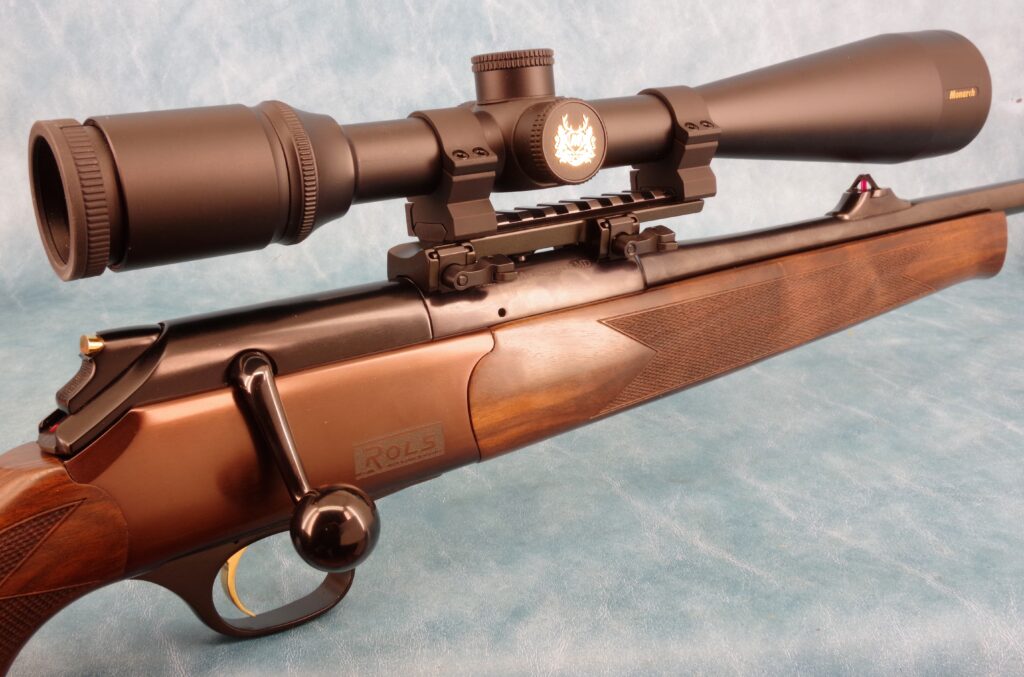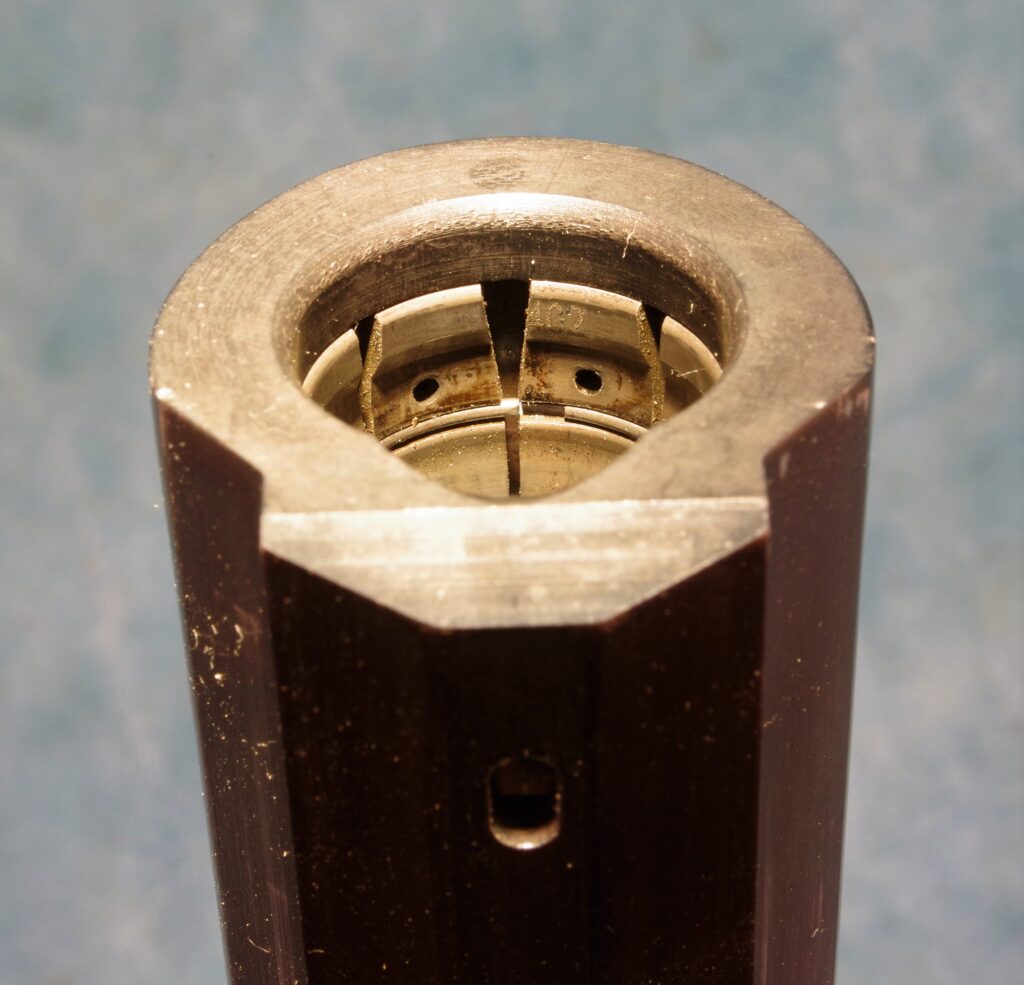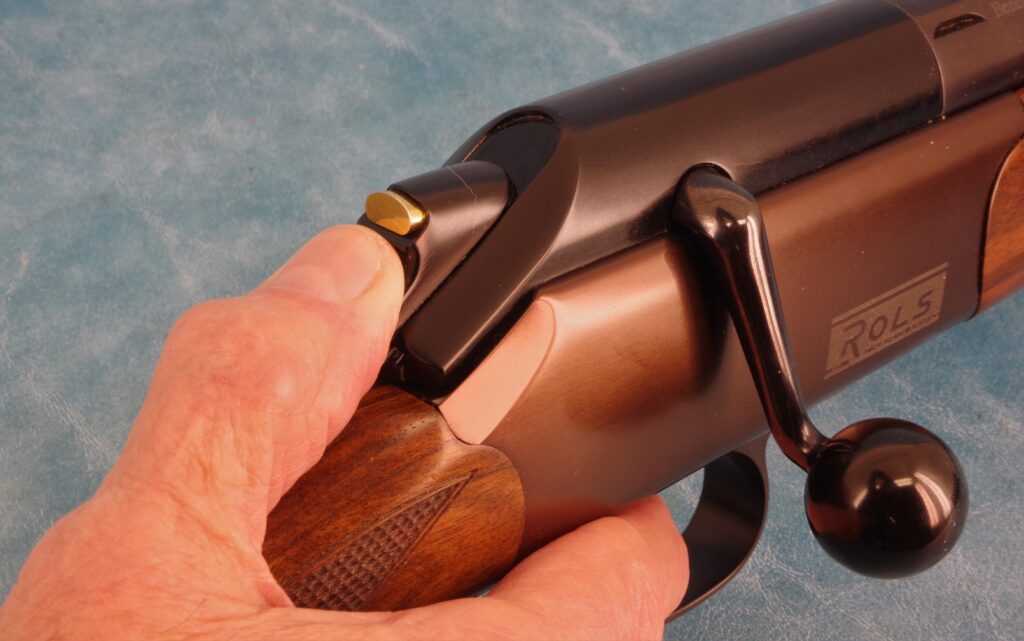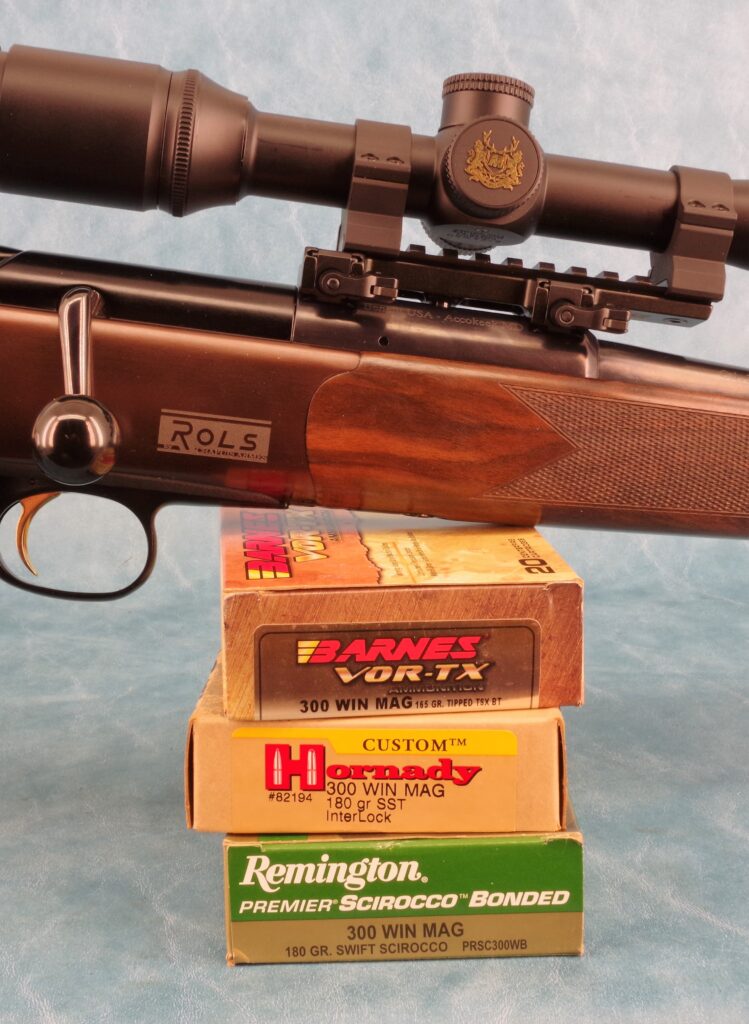The Chapuis ROLS
An Intricate Marvel of Engineering
By Jon R. Sundra
“In my 53 years of testing and evaluating guns, this is the most intricate sporting rifle I’ve ever seen.”
I think it’s safe to say that most hunters and shooters don’t associate France with firearm manufacturing. As for me, I know there are gun companies there, most notably Chapuis Armes, whose guns are well known in Europe, but are expensive and have historically had little representation in the American market.
That, however, is changing, thanks to an acquisition by Beretta in March of 2019. Unfortunately, the timing could not have been worse. The Covid-19 pandemic hit shortly thereafter and business slowed to a crawl for 18 months.
Those dark days are behind us now, and as of January 2021, Chapuis firearms are being imported and marketed in the states by Benelli USA, a member of Beretta Holdings, which also has interests in Burris, Franchi, Sako, Tikka and Steiner Optics. Also under the Benelli umbrella are Stoeger and Uberti USA. It might seem complicated, but the bottom line is that Chapuis is now part of a highly diverse and select group of companies.

Located in the small town of Saint Bonnet-le-Chateau in the Loire region of central France, Chapuis produces luxury-class over-unders, side-by-sides, double rifles, the Manurhan revolver, and the ROLS straight-pull rifle. I’ve always had a keen interest in straight-pulls for several reasons.
For one, a straight pull is much faster than a conventional bolt gun because it requires two rather than four motions to cycle the action. Also, the pull-push action disturbs the gun less, so it’s faster to get back on target — a real attribute for follow-up shots on running game.
Another advantage is that the extraction stroke (pull) is done with stronger muscles than those used to cycle a turnbolt. With a sticky case, raising the handle on a conventional bolt action with the gun shouldered can be impossible. That’s why most hunters lower the gun to reload.
Until recently, the only straight-pull that I’ve not had any experience with is the relatively new ROLS. On their website, the gun looked remarkably like the Blaser R8, and I thought that maybe the patents had run out and Chapuis was now making their own version.
However, upon receipt of the test gun and handling it for the first time, it was obvious that the ROLS, though similar to the R8 in many respects, is a totally different rifle.
The basic difference is in the breeching systems, yet both feature radial, or circumferential, locking. That is, the locking “lugs” (for lack of a better term) have a virtual 360-degree abutment surface. But there the similarities end.
With the Blaser, lock-up is achieved via a steel tube, the front portion of which is composed of 13 flexible, finger-like splines, each of which has a small bulge at the forward end.
Lockup is achieved when the last half-inch or so of the forward-moving bolt handle wedges the fingers outward to where the bulges engage an annular ring inside the barrel extension. The initial rearward pull of the bolt handle relaxes the fingers, unlocking the action.
Explaining the breech system of the Blaser is challenging enough, but it’s easy compared to describing the mechanics of the ROLS system. With the Blaser, the 13 locking “fingers” are integral to a tube and part of what only vaguely resembles a conventional rifle bolt. With the ROLS, the bolt looks somewhat more familiar, but there’s nothing there that looks like a locking lug. But it’s there; the step-down at the back of the bolt head is the locking lug!
As for its abutment, it’s in the form of seven fingers measuring about ¾ of an inch in length oriented circumferentially inside the barrel extension. These fingers are independent components but are joined by an annular wire that runs through their centers that allows them to pivot within the barrel extension.
In other words, the circle formed by the fingers, through which the bolt head passes, can expand and contract about 3/16 of an inch. It is the forward surface of these fingers that serve as a radial abutment for the bolt head.
On the final closing motion of the bolt handle, the bolt head passes through the open fingers, and once it passes their pivot point, a sleeved collar behind the bolt head slides rearward forcing the forward portion of the fingers to contract, encircling the bolt head to lock the action.

The initial rearward movement of the bolt handle forces the locking collar to slide rearward expanding the fingers, which unlocks the action.
At this point it’s worth noting that there are two other straight-pulls that employ a radial locking system in conjunction with a non-rotating bolt: the Heym SR-30 and Savage’s new Impulse. However, both systems differ in that they wedge six captive ball bearings housed in the bolt head outward to engage an annular recess in the barrel extension.
As for the ROLS’ other features, they are very similar to the Blaser, starting with the overall appearance; that’s why when I first saw the gun, I thought it was a copy.
The bolt handle, for example, is identical to that of the Blaser, right down to its slightly forward angle and grasping ball. The receiver and bolt carrier also look very similar, as does the manual cocking slide at the rear of the carrier.
When the bolt carrier is off the receiver, it looks just like the Blaser’s, having the same long guide rods extending some 5 inches in front of the bolt face.
With the bolt locking up within the barrel extension, the receiver is a non-stressed component, which allows it to be of aluminum rather than steel.
The barrel sits on an aluminum bedding block imbedded in the wood stock and is held with a single machine bolt that threads into the recoil lug from below.
This arrangement allows for barrel, bolt and magazine swapping between cartridge families. Three chamberings are now offered in the U.S.: .30-06, .300 Win. Mag and .375 H&H. Our test gun was chambered in .300 Win.
The ability to switch calibers is a feature that is much more popular with European hunters than we Yanks. We’d rather have another rifle! Anyway, switching barrels, bolt heads and magazines on this gun is easily done in a couple of minutes.

Another feature of the ROLS that’s found on several other European guns, including the Blaser, is manual cocking. Doing so requires a great deal of pressure because in pushing the thumbpiece upwards you’re actually compressing the firing-pin spring.
To cycle the action the safety must be disengaged, but once a round is chambered, the safety can be actuated by depressing a release button and backing the thumbpiece down its incline to relax the firing pin spring. This system allows the rifle to be safely carried with a round in the chamber.

AT THE RANGE
To ready the ROLS for a little range work, we used a nifty quick-detach ring base that came with the gun. Less than a half-turn of the locking levers clamp the base that engage dovetails machined into the barrel extension.
The base, which accommodates Weaver-style scope rings, is a clever design and superbly made. But priced at $549, it should be! We mounted an old Nikon Monarch 6-24×50 scope in Weaver rings. As it came from the box, the gun weighed 6 pounds, 14 ounces. With the scope aboard, 8 pounds, 12 ounces.

There were no surprises at the range. The gun functioned flawlessly in all respects. The magazine can be charged by simply pushing the cartridges straight down through the feed lips, meaning that it can be topped up through the ejection port — a nice feature that not all detachable magazine rifles offer.
Accuracy with all three of the factory loads tried was more than acceptable, with three-shot groups ranging from .70 to 1.65 inch from the bench at 100 yards. The Barnes 165 grain Tipped TSX load turned in the best three 3-shot group average at .88. The Remington 180-gr. Swift Scirocco load averaged 1.15, and the Hornady 180 SSTs, 1.3.
If at this point you’re thinking this ROLS is one complex rifle, you’d be right. In my 53 years of testing and evaluating guns, this is the most intricate sporting rifle I’ve ever seen.
I’m guessing the stock alone, without which the gun could not function, is comprised of so many precision-fit components, that it has to account for 25% of the $6,199 starting price of our Standard Grade test gun.
The ROLS is a marvel of engineering, utterly unique in design. Its action is butter smooth, and it’s put together and finished superbly.
I, however, am of the school that simpler is better, and that a bolt action rifle needn’t be much more complicated than a sliding-bolt door latch, an idea first seen on the Dreyse needle gun of 1824.

